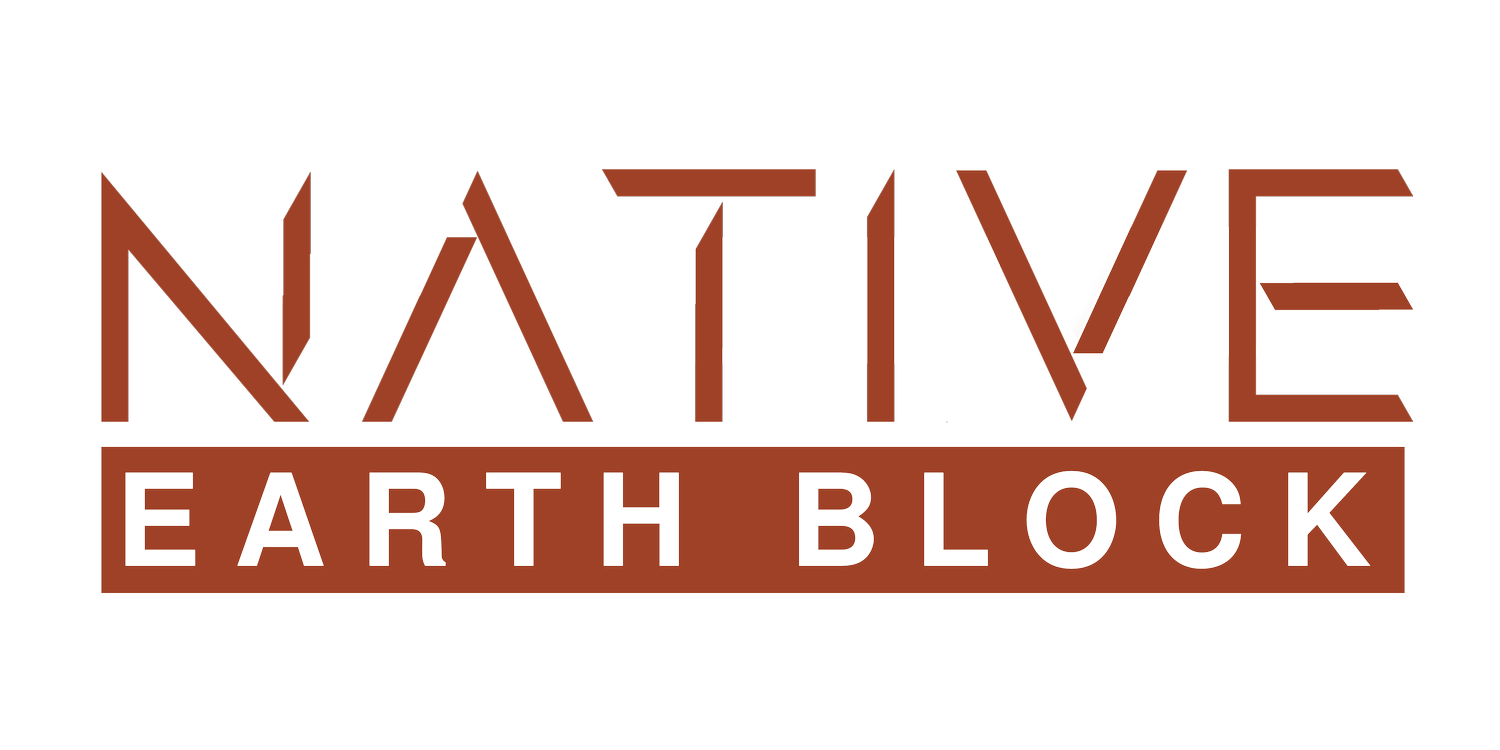Exploring the Remarkable Fire-Resistant Properties of Compressed Earth Bricks
When it comes to sustainable construction materials that offer a unique blend of durability, affordability, and environmental friendliness, compressed earth bricks stand out. These unassuming yet powerful building blocks possess an exceptional characteristic that makes them even more remarkable: their inherent fire-resistant properties. In this blog post, we'll delve into the science behind these properties and understand why compressed earth bricks have become a sought-after choice for fire-safe construction.
Understanding Compressed Earth Bricks:
Compressed earth bricks, also known as rammed earth or compressed stabilized earth blocks (CSEBs), are crafted from a mixture of locally sourced soil, sand, and a stabilizing agent like cement or lime. This blend is compacted into molds and allowed to cure, resulting in solid, dense bricks that are renowned for their strength and sustainability.
The Science Behind Fire Resistance:
Fire resistance is a crucial consideration in construction, as it directly impacts the safety of structures and their occupants. Compressed earth bricks exhibit impressive fire-resistant properties due to their composition and density:
High Thermal Mass: The density of compressed earth bricks gives them a high thermal mass, which means they can absorb, store, and slowly release heat. This property helps regulate indoor temperatures and delays the spread of heat during a fire.
Limited Combustibility: Compressed earth bricks are primarily composed of non-combustible materials such as soil, sand, and stabilizers. This inherent resistance to burning reduces the risk of structural damage caused by flames.
Slow Heat Transfer: The compact nature of these bricks slows down the transfer of heat through the material. This can prevent fires from quickly spreading to other parts of the building, providing additional time for evacuation and firefighting.
Minimal Air Cavities: Unlike some other construction materials, compressed earth bricks have fewer air cavities, which means there is less space for air and oxygen to fuel a fire.
Real-World Applications:
Compressed earth bricks' fire-resistant properties have led to their use in various fire-prone regions around the world, where builders are seeking safe and sustainable alternatives. These bricks have been employed in residential, commercial, and even institutional projects, contributing to resilient and fire-safe communities.
Advantages Beyond Fire Resistance:
While fire resistance is a standout feature of compressed earth bricks, their benefits extend further:
Sustainability: Compressed earth bricks utilize locally available materials and require less energy for manufacturing, making them an eco-friendly choice.
Thermal Regulation: The high thermal mass of these bricks assists in maintaining consistent indoor temperatures, reducing the need for additional heating or cooling.
Durability: Compressed earth bricks are known for their longevity and resistance to weathering, ensuring structures built with them can withstand the test of time.
The fire-resistant properties of compressed earth bricks are a testament to the ingenuity of sustainable construction methods. As the demand for resilient and eco-conscious building materials grows, these bricks have emerged as a valuable solution that combines fire safety with environmental responsibility. By harnessing the intrinsic qualities of earth and modern stabilization techniques, we're not only building structures but also fostering safer and more sustainable communities.


